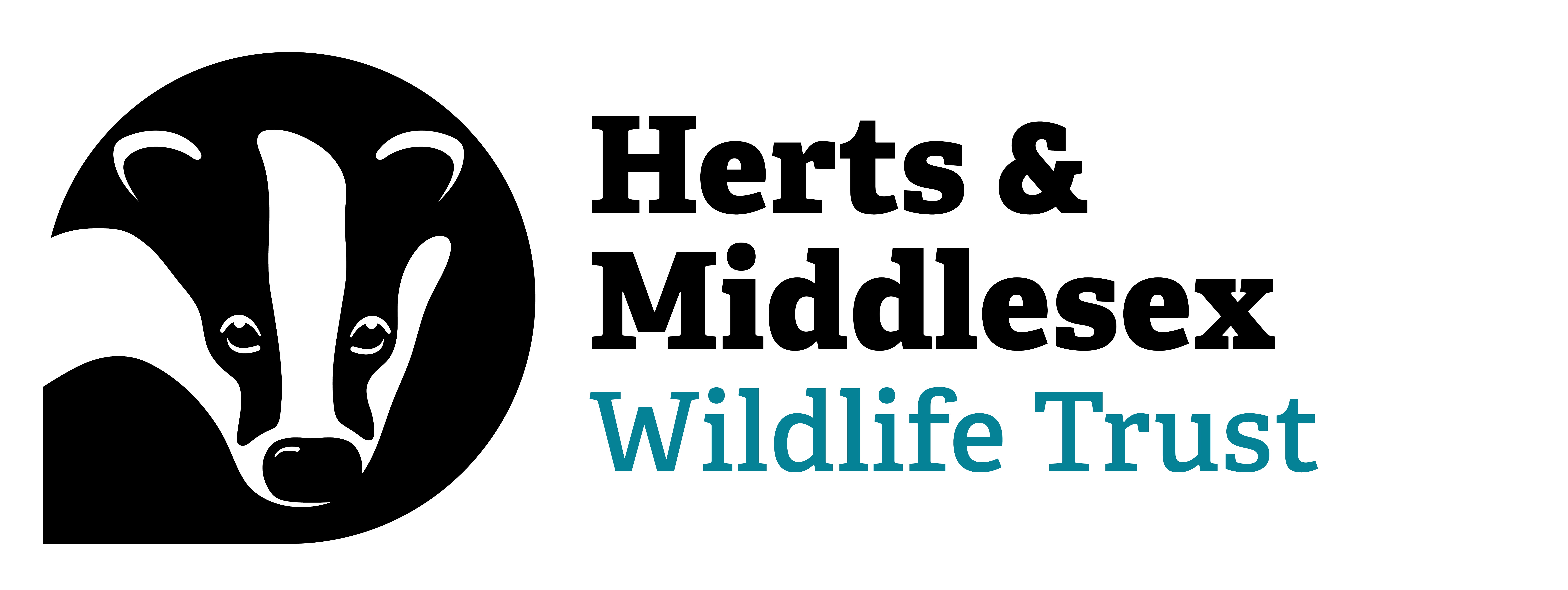
Kingfisher © Jon Hawkins - Surrey Hills Photography
Strategic Changes to Our Nature Reserves - Frequently Asked Questions
Why is this happening now?
The nature crisis has escalated, and with it, the financial and operational challenges of managing our estate. When we took on the management of some of our nature reserves, many decades ago, the world was vastly different. As a charity entrusted with the responsibility of caring for land, it is crucial for us to regularly review our activities to ensure we are using our limited resources in the most effective way possible to make the greatest impact for wildlife and nature's recovery.
How much land does the Trust own?
The Trust is responsible for over 700 hectares of land in our area. This includes land that we own as well as sites we lease or care for through a management agreement. Most of our estate is managed as Trust nature reserves. We also occupy sites for offices and operational use. The seven nature reserves which we are stepping back from collectively equate to less than 3% of our total land holdings.
Which sites is the Trust handing back to their owners?
Oughtonhead – a small area of wet woodland on the opposite side of the River Oughton from Oughtonhead Common, near Hitchin. Oughtonhead was leased to the Trust by Herts County Council and has now been returned to be managed as part of their wider estate.
Stocking Springs Wood – a small strip of ancient woodland, near Ayot St. Lawrence. Stocking Springs Wood was managed by the Trust for many years through an informal management agreement and has now been returned to the landowner to be managed as part of their wider estate.
Willowmead – a small area of wet woodland on the edge of Hertford. Willowmead is leased to the Trust by East Herts District Council and will be returned to be managed as part of their wider estate at the end of our current lease agreement or earlier if possible.
Which sites is the Trust currently exploring the sale of?
Longspring Wood – a small isolated parcel of woodland near Kings Langley. We are currently working with our land agent to proactively explore options for selling this site.
Rabley Pit – two grassland fields featuring scrub and wooded areas within open farmland near Shenley (never publicised as a nature reserve). We are currently working with our land agent to proactively explore options for selling this site.
Royston Chalk Pit – a small former chalk pit, surrounded by housing in Royston (a closed nature reserve with no public access). We are currently working with our land agent to proactively explore options for selling this site.
Uxbridge Alderglade – a small urban nature reserve featuring wet woodland and marshland, along an old disused railway embankment on the egde of Uxbridge. We are currently working with our land agent to proactively explore options for selling this site.
What will the Trust do with the proceeds of any sale?
The Trust will reinvest the proceeds of any land sales in delivering our long-term strategy for nature. The sale of the land will raise income at a time when the Trust is running significant budget deficits, and where we continue to see increasing costs to deliver our work. The exact allocation of any income derived from selling sites will be determined by the Trust’s Board of Trustees.
What will happen to the wildlife at these sites if the Trust is not protecting them?
Wildlife protection on these sites will remain a priority.
All of the sites the Trust is stepping away from are designated as Local Wildlife Sites, or a Site of Metropolitan Importance (Uxbridge Alderglade). This will not change. Whilst these designations do not afford the sites the same level of legal protection as Sites of Special Scientific Interest (SSSIs), they are still hugely valuable for flagging the importance of these sites within the planning system to help ensure they are protected.
Where the Trust has handed back, or intends to hand back, sites to the landowner, we do so being confident in their commitment to nature recovery and their abilities to manage the sites as needed.
Where the Trust is exploring the sale of sites, we do so being explicit that we want to see the land maintained for its contribution to nature and will implement safeguards through the sale process to ensure as best as we are able that this is upheld.
If you would like any further information, please email the Trust on info@hmwt.org or call 01727 858901.
